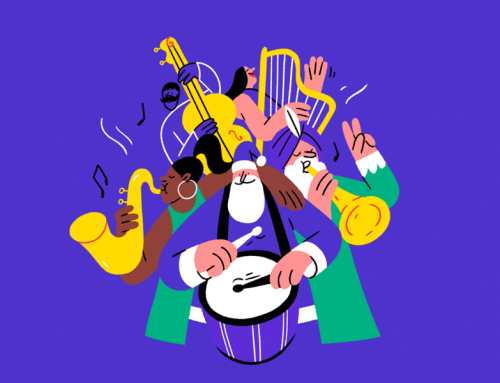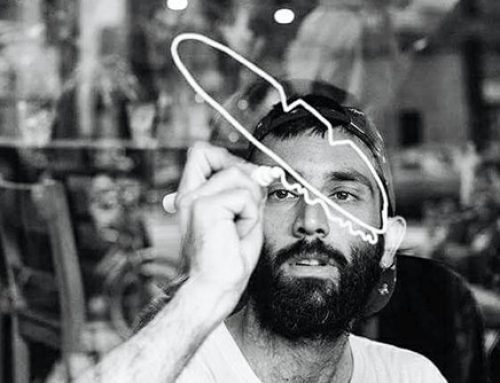If we had to put a speedometer on Barcelona, what would it show? Fleet-footed or sluggish, fast or slow? The same city that prides itself on being serious and hard-working, making efficient use of time and space, insists it’s an expert on taking it easy, unwinding in style. Not wanting to be seen as too swift or too slack, fearful too much of either might mean losing the other, Barcelona has never felt comfortable in the speed debate.
Some cities, like financial hubs, live life at a frenetic pace, the rapid-fire world of deal-making keeping everyone on edge. Culturally-competitive towns can be snappy and aggressive too, since you have to be headstrong and not just talented to survive. Other cities, in contrast, move at a snail’s pace, humming and hawing with no hurry for anything. This used to be how northerners looked down their colonial noses at the burgs of the south, though megalopolises like Lagos, Sao Paulo and Mumbai have quickly proven them wrong. Some of the slowest cities in the world these days are certain butt-dragging national capitals in the West (don’t be fooled by the cars in Rome), where regiments of government bureaucrats in early retirement mode end up conditioning everyone else.
Barcelona is definitely smack in between, split right down the middle. At the back of the pack in the rat race, but in early amongst all late-comers. While half the city gets to any escalator and stands dead still on the right, the other half charges up impatiently on the left. Half the city flies their vehicles down Balmes and Aragó and around the ring roads, while the other putters through the older neighbourhoods, with their 30 kph speed limits painted in red as you enter. It’s a sports-loving city producing elite athletes, so that should mean quick – but the first gold medal for Spain at the 1992 Barcelona Olympics was for race-walking (local boy Daniel Plaza), the epitome of doing something inherently slow as fast as possible.
The evolution of the economic crisis has its corresponding graph charting Barcelonan speed. Before the bubble burst you’d move reasonably quickly as money could be made. When the system collapsed, the newly unemployed stayed gung-ho and flashed about, CVs in hand. Salesmen went out more, call centres harassed you double. After a few years, however, things began to seriously slow down. Shop assistants took longer so as to spend less time doing nothing after serving you; delivery vans did the same. The long-term unemployed began to shop painfully slowly for half as much, relearning how to nurse a drink at the bar, like in their student days. Whole families would stroll hand in hand, four-abreast down Eixample sidewalks, refusing to let anyone by. It is now clear such endearing displays of familial affection were mere stalling tactics.
In mid-2014 this all started to change. All we needed was Rajoy or Lagarde to announce a rise in GDP for everyone to go berserk again. Like some Pavlovian response, the word “recovery” made everyone get up and flit about wildly. Traffic accidents (and deaths) jumped too, as job-seekers promptly hit the gas and slammed into the nearest concrete pillar they could find. This is the current state of the art: a new recklessness mixed in with the classic balance between fast and slow.
Barcelona will never able to compete with the truly fast and furious cities of the world, so it’s latched onto this idea of being “smart”. “Smart” could be just a way of saying you do not have to run around madly to get things done. Point taken, we can do things digitally. Yet it is also true that in a city with no chance of winning at velocity, “smart” will always be little more than a virtue born of necessity.








